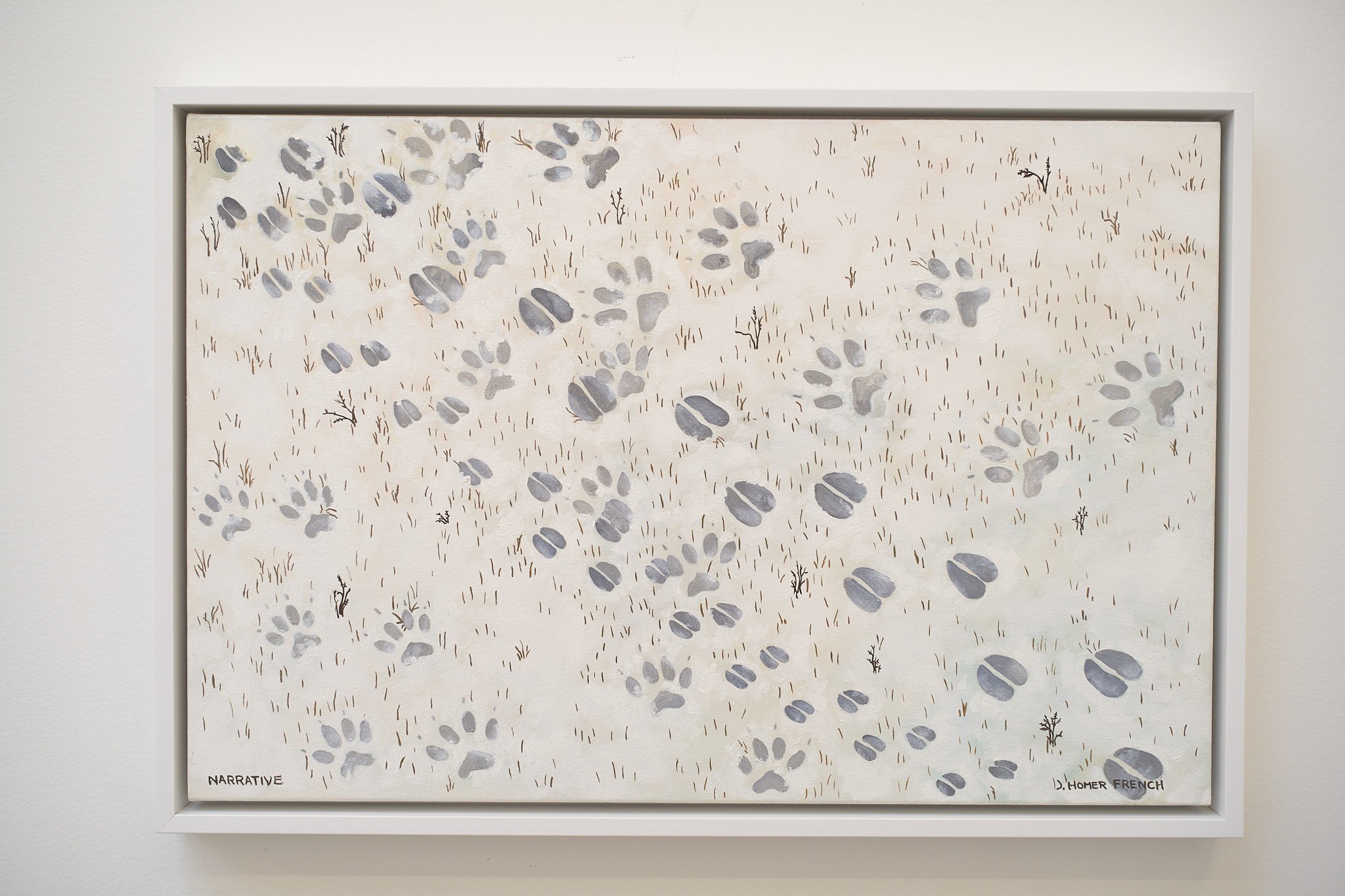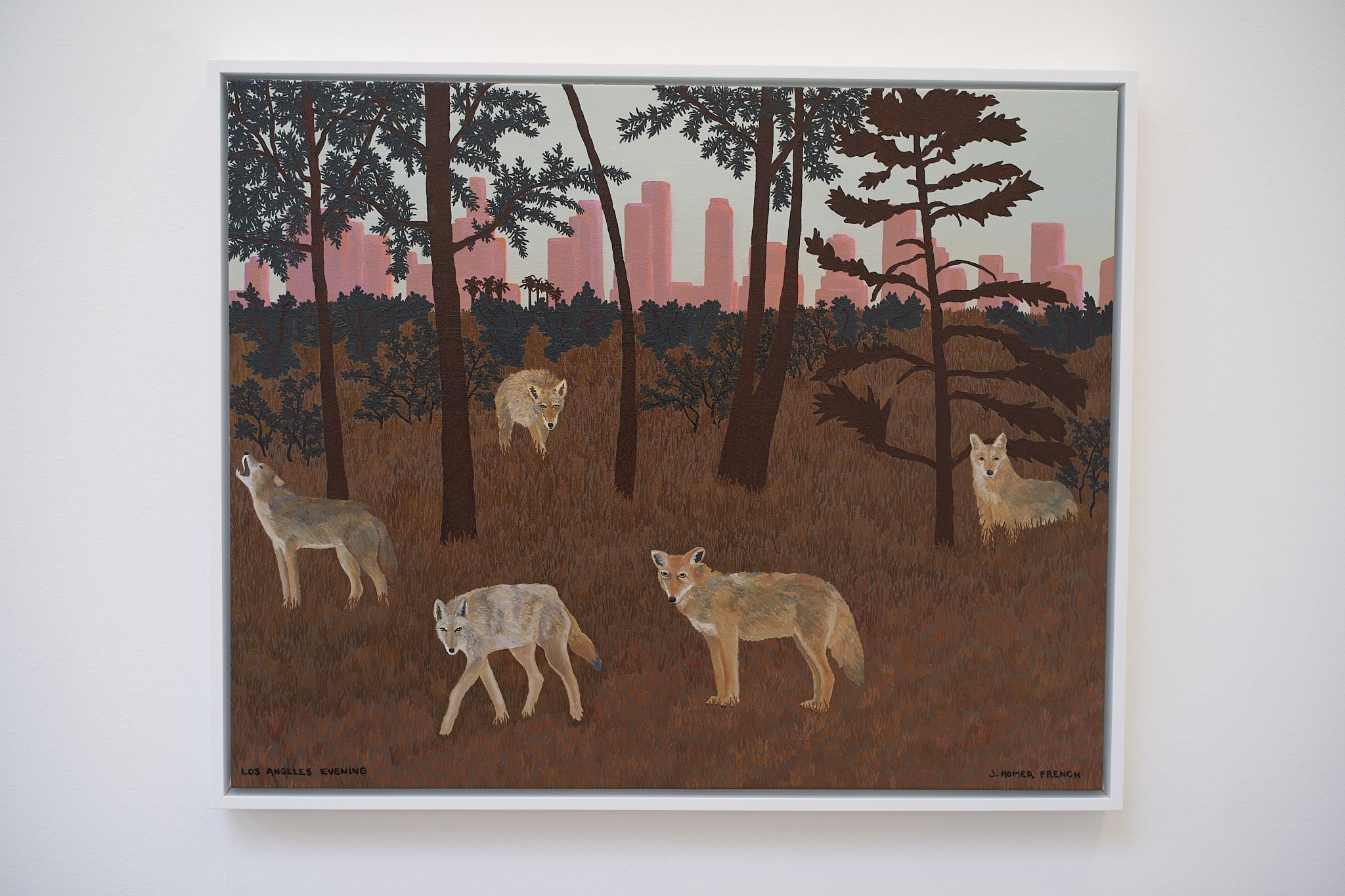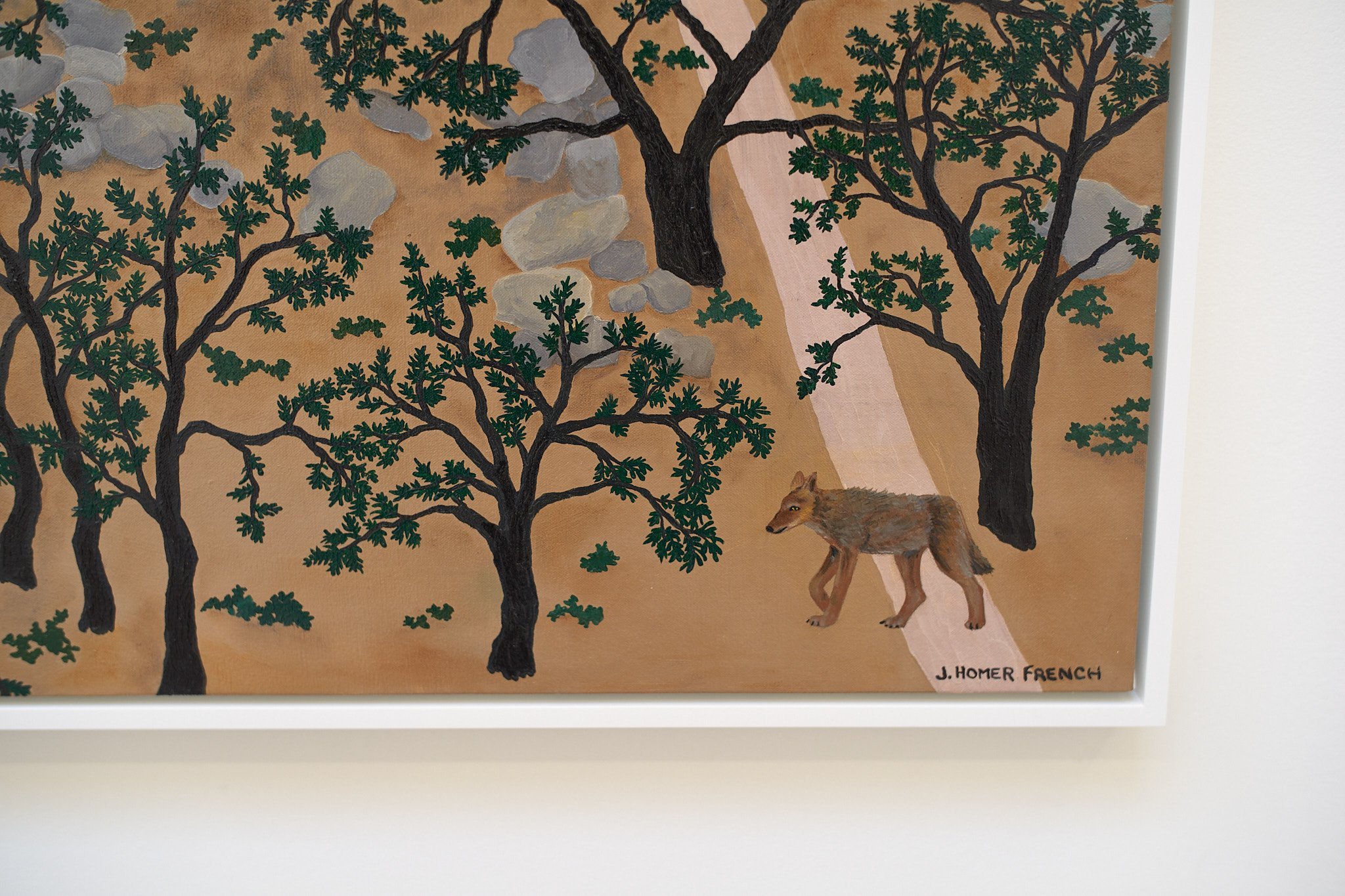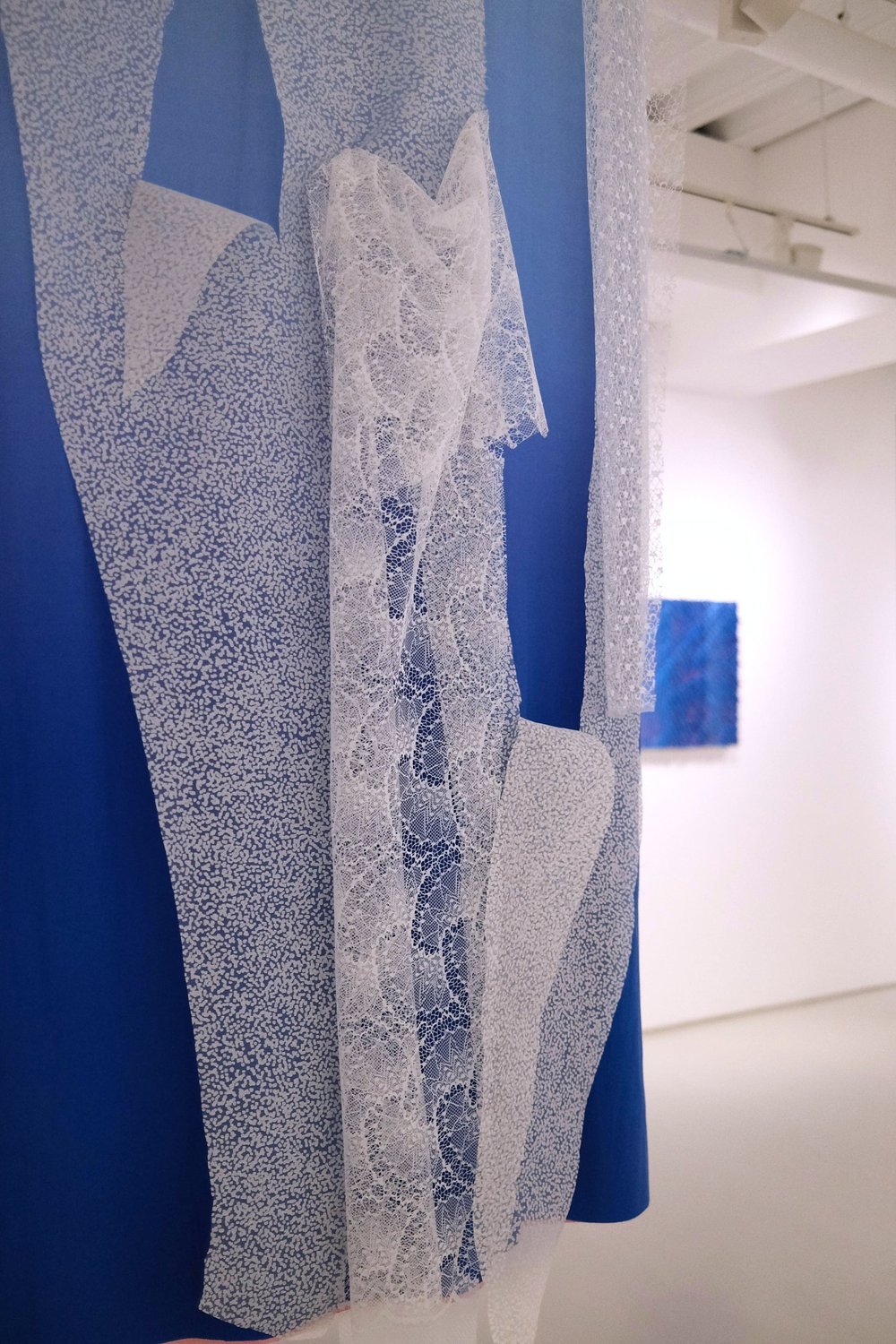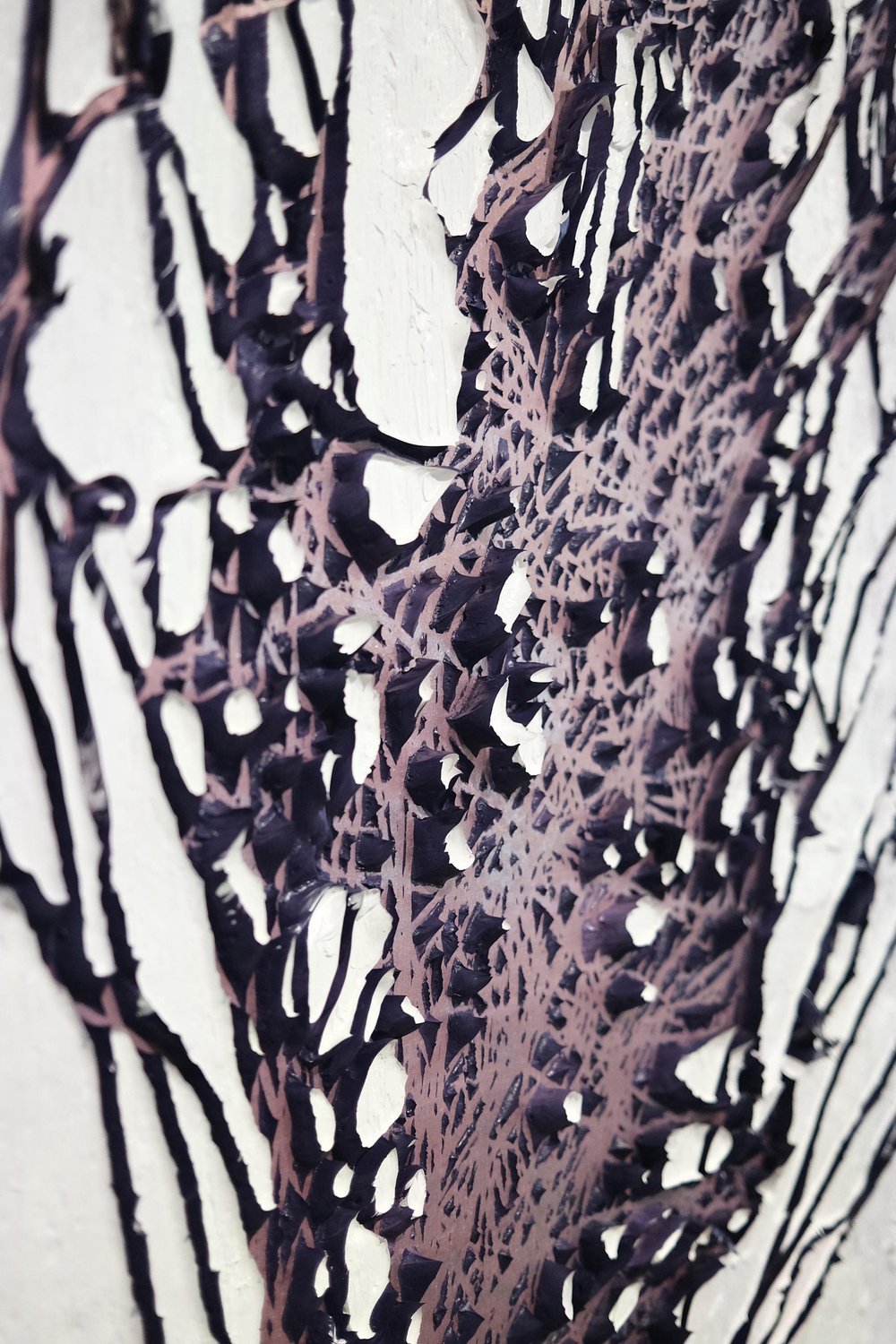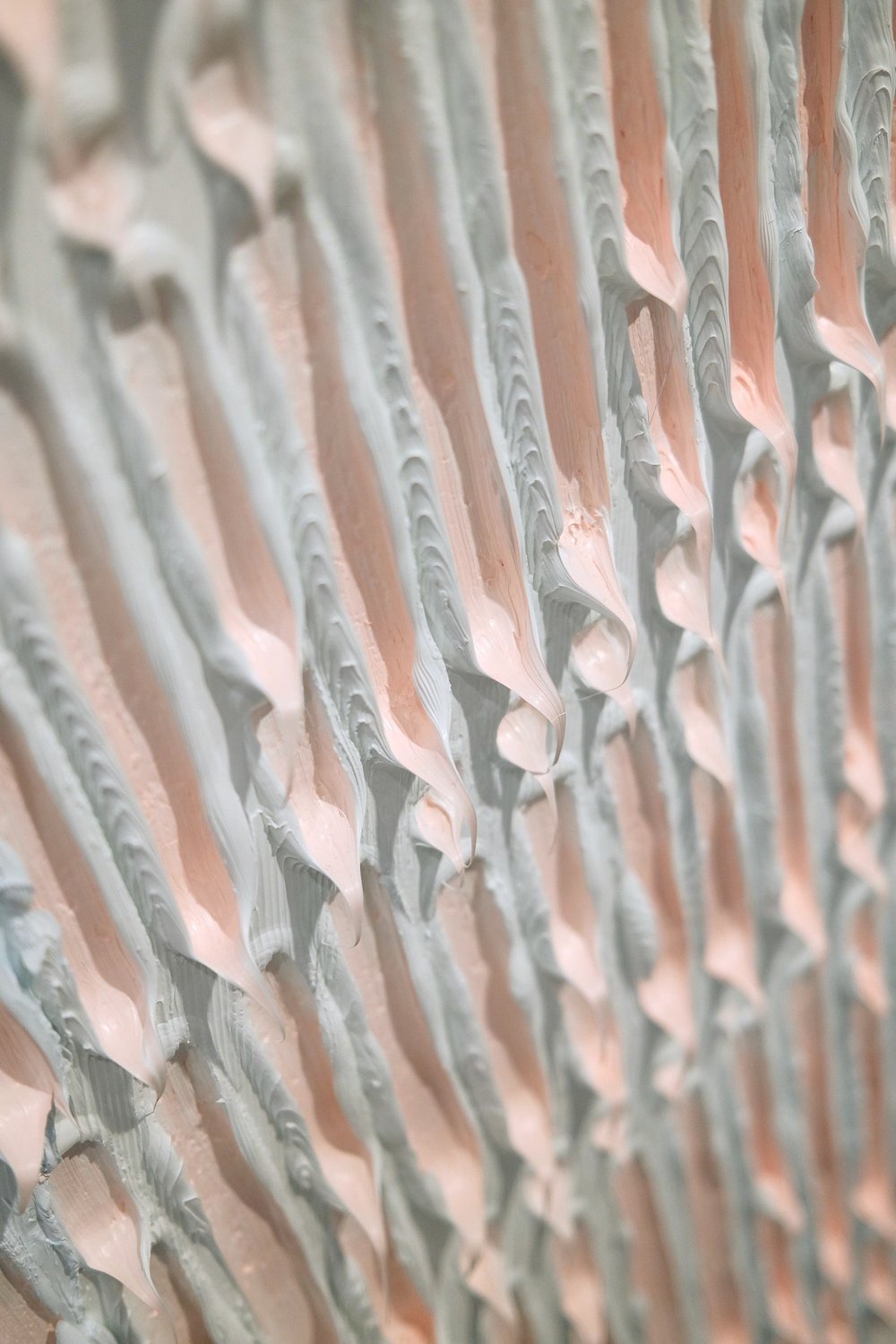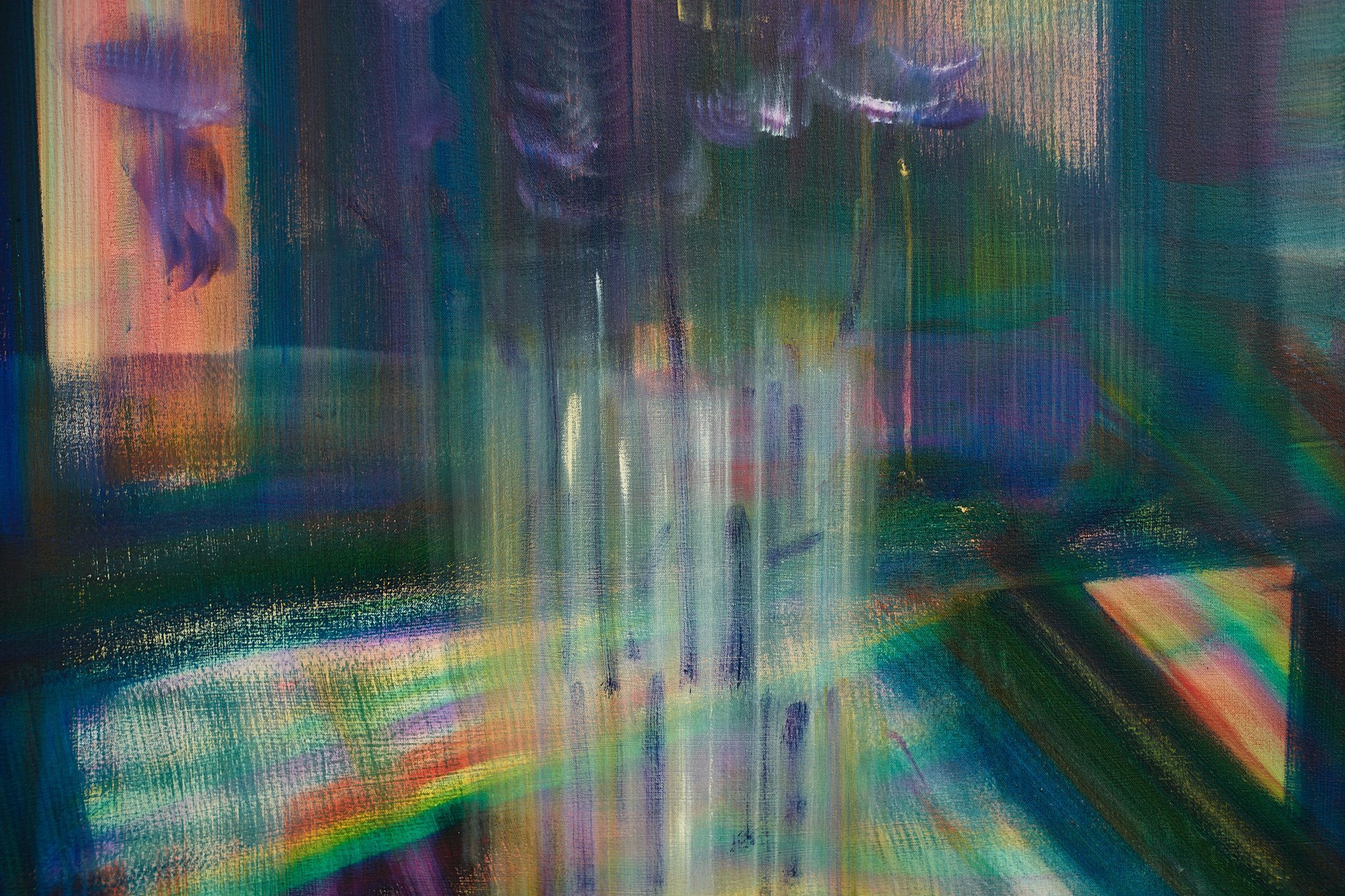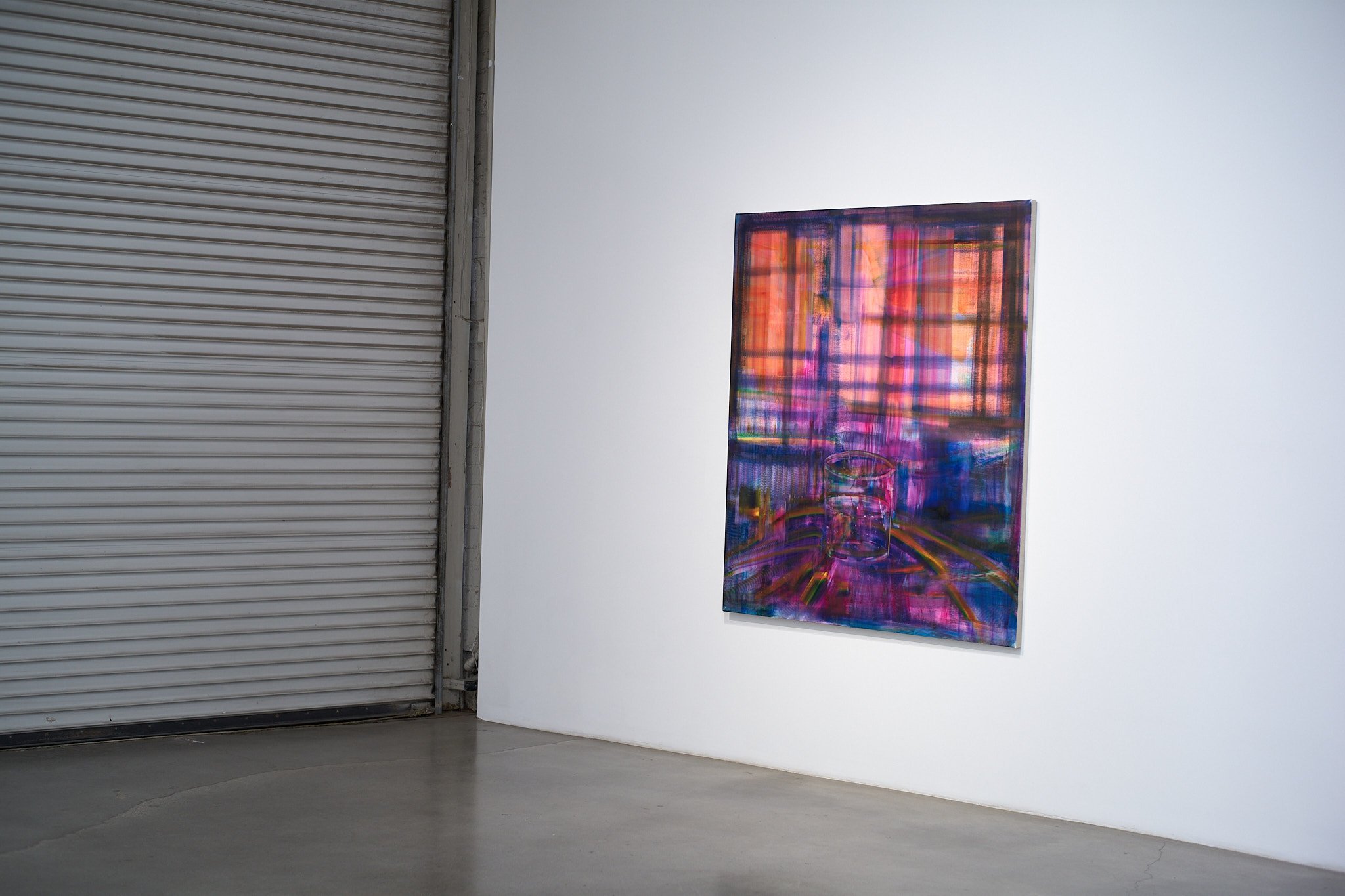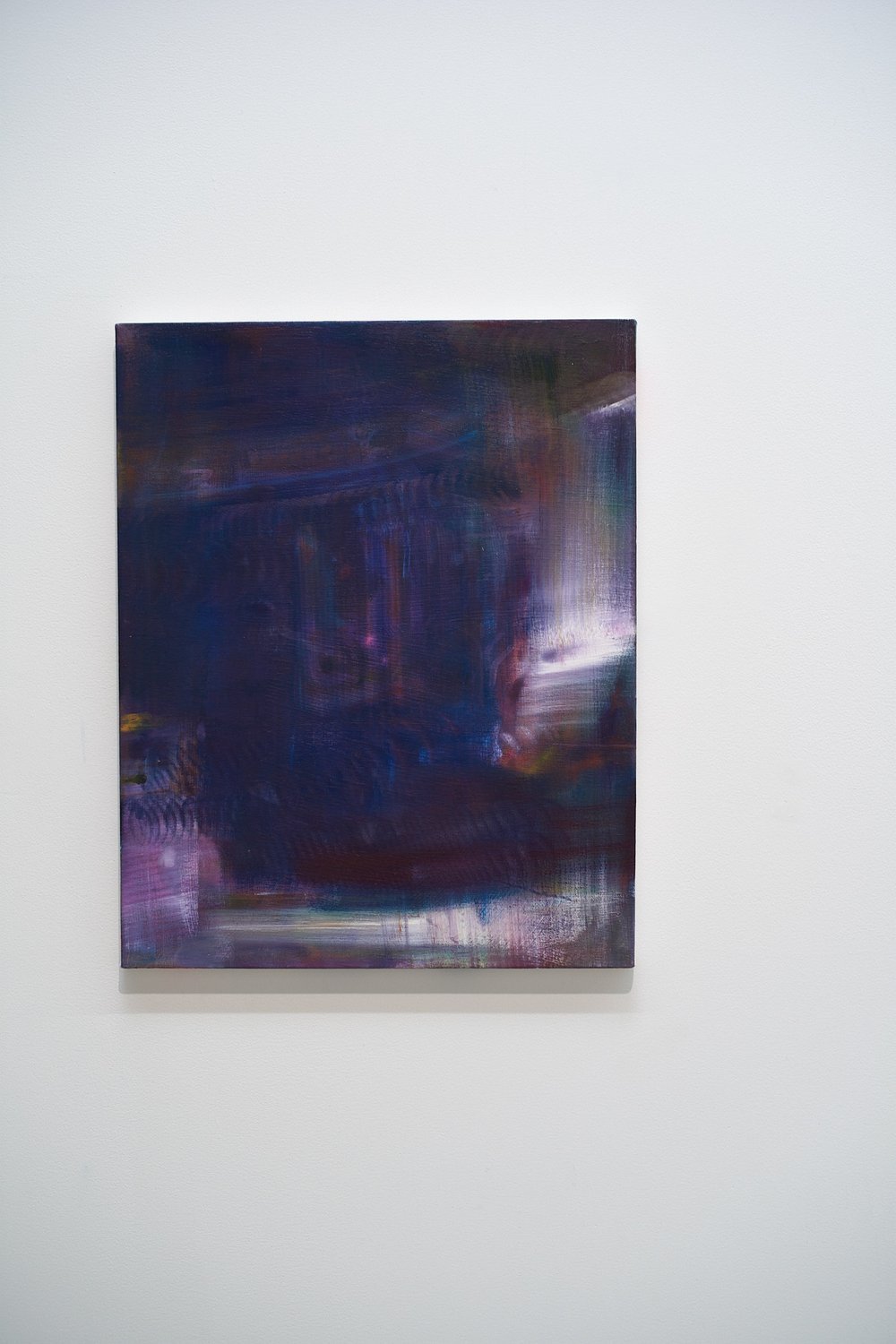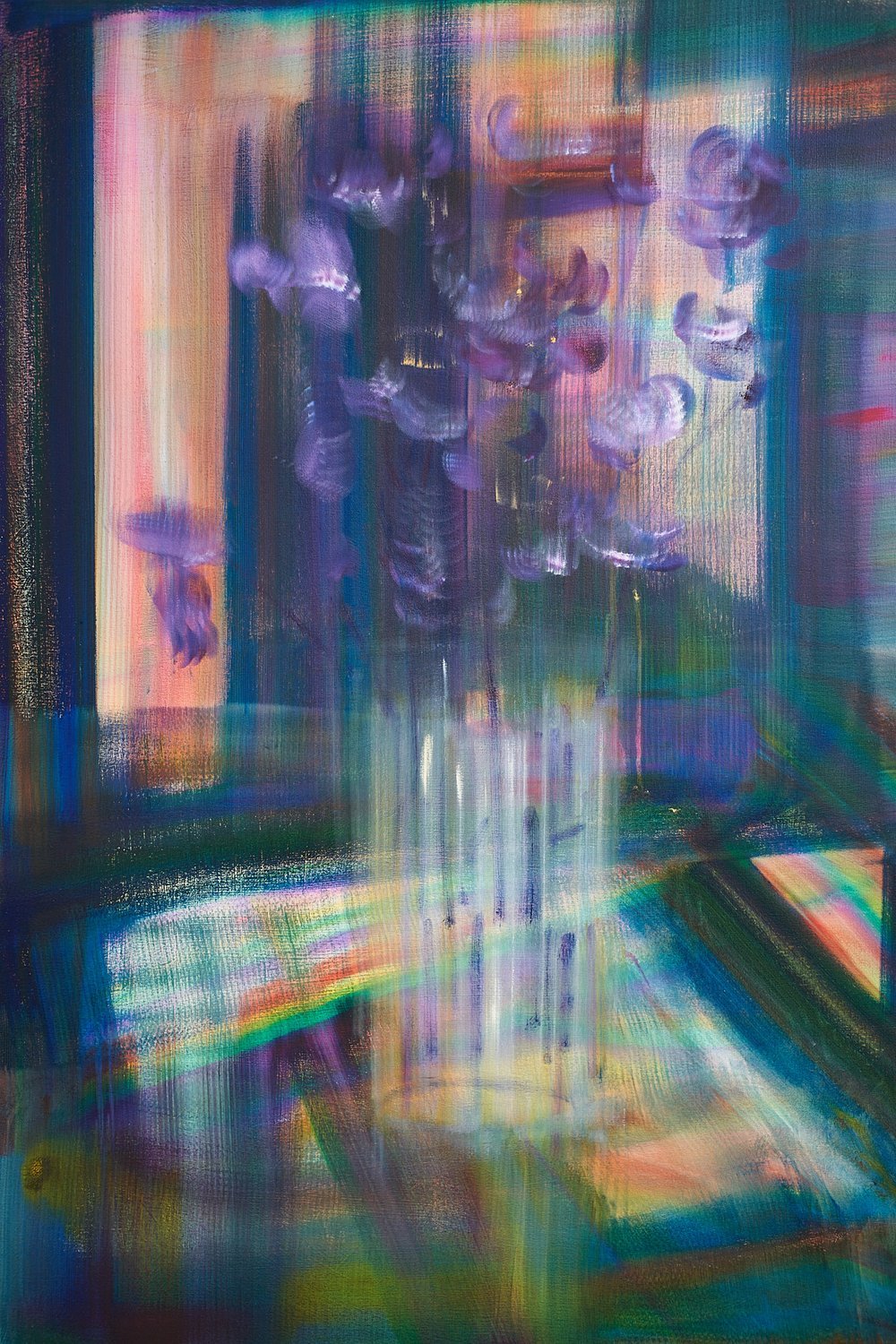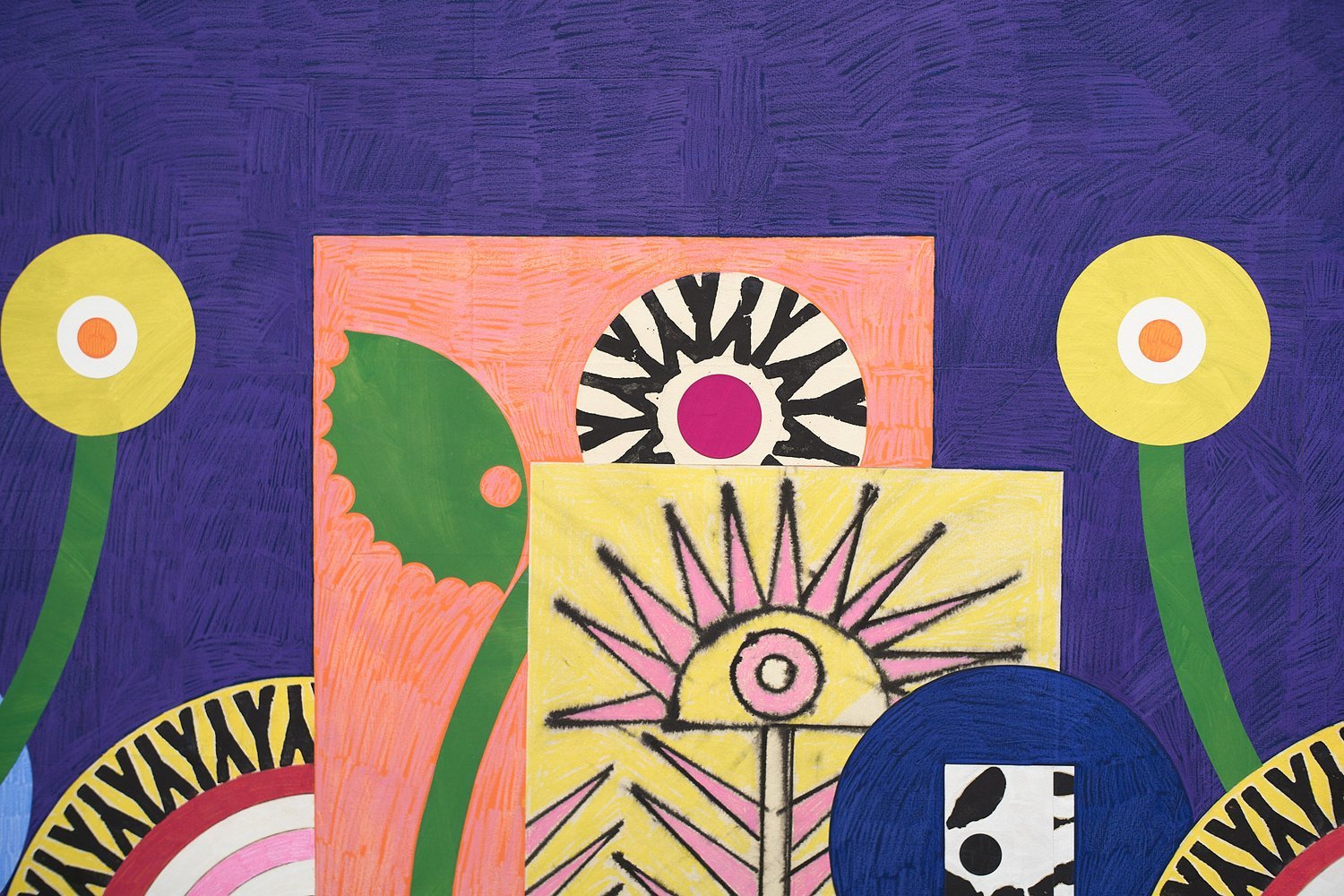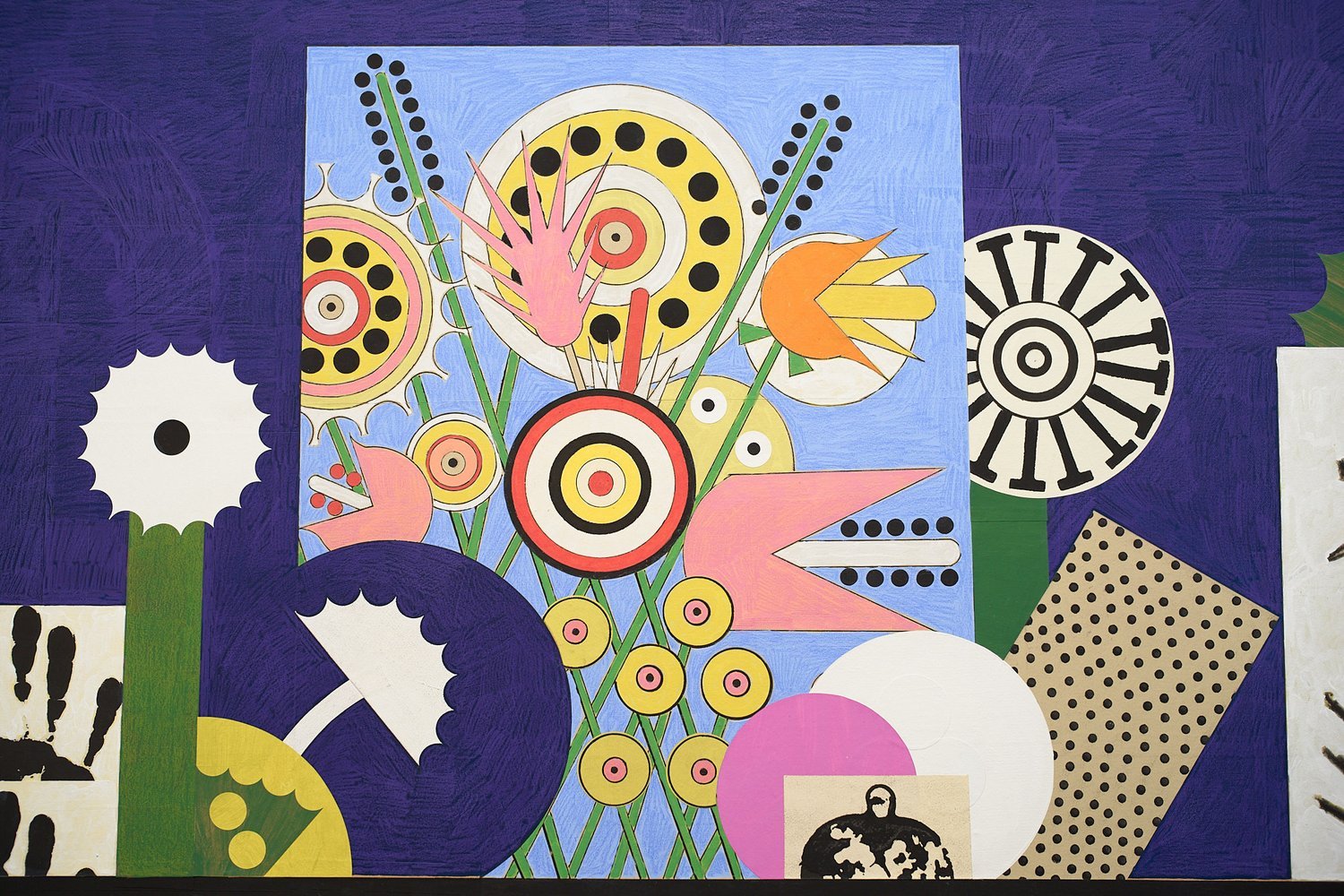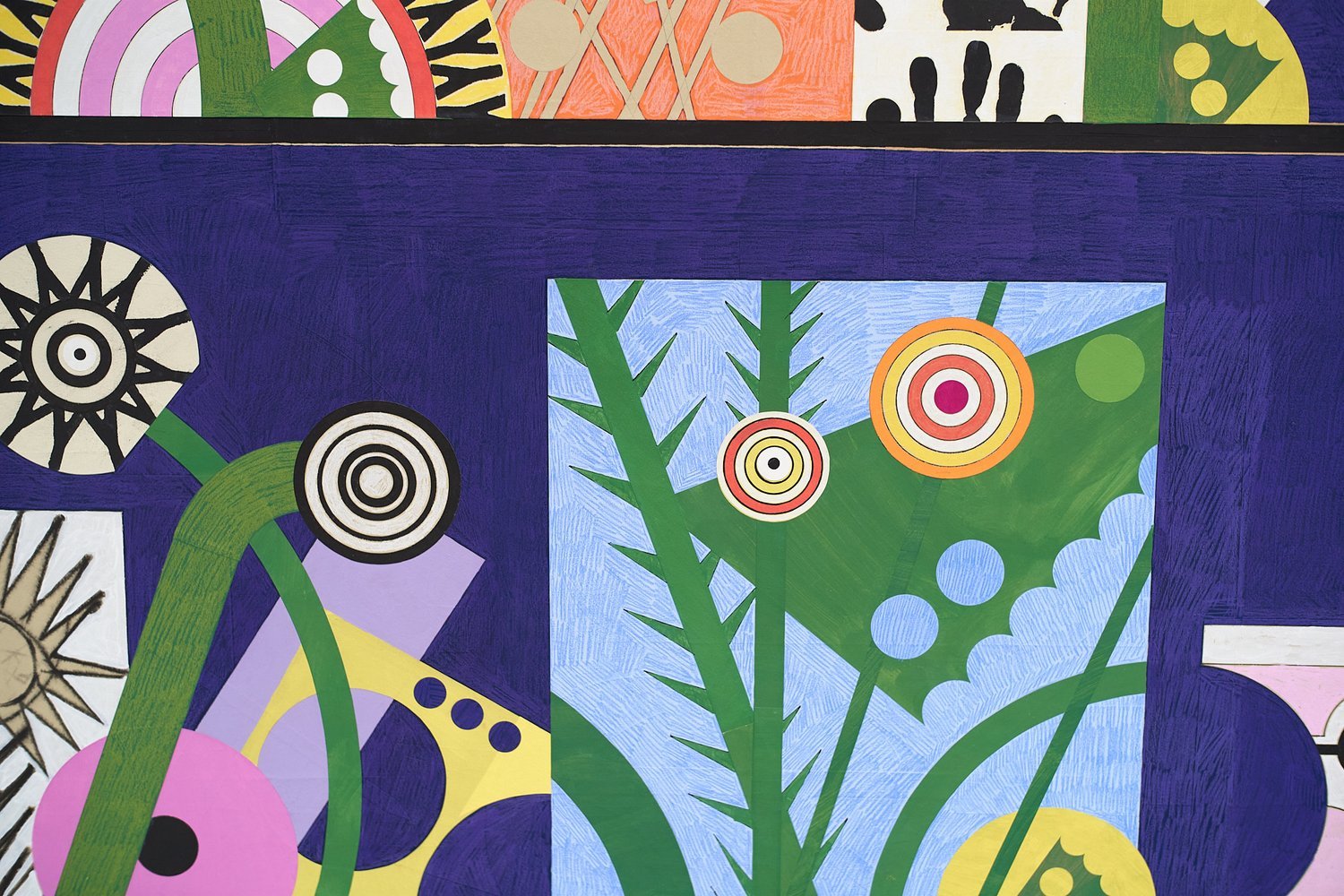Two weeks, at Balse.
let us go deeper.
the key paradigm shift is neediness to openness.
here we, to have a nice light dose of acid techno
super catchy TDJ love
It is starting to connect. that is, as Duchamp says, choosing is the artist’s role. As this dj set is, machines enable ease to operate, as she focuses on the selection process. what it is to choose? is the question, and is our job, to seek. input of choice, output of choice. the refinement of choice. choosing to choose. in the now.
enough \
////past////present/////future/////here where sequence circles current flow - soul, existence, season. sound. time for freedom - KiNK & RACHEL ROW
Interest in now, the contemporary. Sure, contemporary music, contemporary art. Yet, everything is contemporary. you are contemporary. How you feel, is de facto, contemporary. In this moment. all. Past, future. also in instrumental.
back to some zappississimo Kompakt beskar
more serious deep thought wave WELLENTAL
much deeper acid Unter Wasse
eventually this that we arrive at, this time transissimo Papa Nugs sora
a few fun mixes to check for this evening
Isabelle Beaucamp | HÖR - February 15 / 2024
ÜBERKIKZ | HÖR - January 29 / 2024
then thunder dome, candy? no gimmick, hard core.
slowing down humans NIGHT TAPES. so beautifully soulful melodies of mine.
pulled again to the far away TDJ come back home.
could we say that we have lost the dream?
oh so human.
we have reached.
and here we strive, or
back to
just
what is? I ask.
Istanbul, I love walking. That can be part of my story.
Now we have a Tokyo staff photographer, reporting on the arts from the Far East.
till next time.
Charles A. Balse
Words of Wisdom
AKADEMIE X LESSONS IN ART + LIFE
LESSON 19
TUTOR: Thomas Lawson
Page 179 - 182
Making art is all about lining up ideas with the materials appropriate to expressing them, and good art begins when that match-up appears seamless and inevitable. Bad art happens when the ideas are uninteresting, banal, over-familiar, and the materials and handling are indifferent
(Sherrie) Levine’s work is good art because it takes up a series of ideas and finds a fresh way to further the argument through the deployment of materials and methods well-matched to the task. The Hirst work, on the other hand, is bad art because it succumbs to glib thinking and decision-making as it seeks to capitalize on a marketing idea. The project may have begun with a reasonable chance of becoming good art, but, as the choices informing it became increasingly arbitrary and driven by an over-riding desire to sell, it went bad. And, by the way, Duchamp is probably accorded the ‘great artist’ label because his investigations and choices led to a radical rethinking of the entire project of art-making over the past century. Great art, then, is art that brings together extraordinary ideas and the materials and methodology to match.There’s a narrow perspective on life that seeks to identify a purpose behind it, as if living weren’t good enough on its own. I remember in Sunday School being told that the chief end of man was to glorify God, and hearing elsewhere that I was expected to get a job, settle down, have a family. It seemed to me then, and still seems to me now, that people who hunt for purpose in this way are looking to close down options and erect simplified codes of conduct that will have predictable outcomes. They want to limit choices within a range of what they consider acceptable, and try to punish anyone who thinks differently. Art exists as a rebuke to all that; it celebrates being. Making art is a communicative act, but the most stunningly liberating thing about it is that it has no purpose in the day to day. It may help make sense of things, but it prescribes nothing.
Making art is all about lining up ideas with the materials appropriate to expressing them, and good art begins when that match-up appears seamless and inevitable. Bad art happens when the ideas are uninteresting, banal, over-familiar, and the materials and handling are indifferent.
(Sherrie) Levine’s work is good art because it takes up a series of ideas and finds a fresh way to further the argument through the deployment of materials and methods well-matched to the task. The Hirst work, on the other hand, is bad art because it succumbs to glib thinking and decision-making as it seeks to capitalize on a marketing idea. The project may have begun with a reasonable chance of becoming good art, but, as the choices informing it became increasingly arbitrary and driven by an overriding desire to sell, it went bad. And, by the way, Duchamp is probably accorded the ‘great artist’ label because his investigations and choices led to a radical rethinking of the entire project of art-making over the past century. Great art, then, is art that brings together extraordinary ideas and the materials and methodology to match.Introduction by Robert Motherwell, page 10, Dialogs with Marcel Duchamp, Pierre Cabanne
An artist must be unusually intelligent in order to grasp simultaneously many structured relations. In fact, intelligence can be considered as the capacity to grasp complex relations; in this sense, Leonardo’s intelligence, for instance, is almost beyond belief. Duchamp’s intelligence contributed many things, of course, but for me its greatest accomplishment was to take him beyond the merely “aesthetic” concerns that face every “modern” artist - whose role is neither religious nor communal, but instead secular and individual. This problem has been called “the despair of the aesthetic:” if all colors or nudes are equally pleasing to the eye, why does the artist choose one color or figure rather than another? If he does not make a purely “aesthetic” choice, he must look for further criteria on which to base his value judgments. Kierkegaard held that artistic criteria were first the real of the aesthetic, then the ethical, then the realm of the holy. Duchamp, as a nonbeliever, could not have accepted holiness as a criterion but, in setting up for himself complex technical problems or new ways of expressing erotic subject matter, for instance, he did find an ethic beyond the “aesthetic” for his ultimate choices. And his most successful works, paradoxically, take on that indirect beauty achieved only by those artists who have been concerned with more than the merely sensuous. In this way, Duchamp’s intelligence accomplished nearly everything possible within the reach of a modern artist, earning him the unlimited and fully justified respect of successive small groups of admirers throughout his life. But, as he often says in the following pages, it is posterity who will judge, and he, like Stendhal, had more faith in posterity than in his contemporaries. At the same time, one learns from his conversations of an extraordinary artistic adventure, filled with direction, discipline, and disdain for art as a trade and for the repetition of what has already been done.
Main Studies
APPENDIX:
ClassicAsobi recommends
This section features content recommended from the NYC based ClassicAsobi and his team, specializing in classical music.
COMING UP
Vielmetter Los Angeles
New Works by Lavaughan Jenkins, Mario Joyce, Raffi Kalenderian, Kiriakos Tompolides
FRIEZE LA, February 29 - March 3, 2024
SUBLIMINAL PROJECTS 02/17/2024 — 03/30/2024
Hauser & Wirth DOWNTOWN LOS ANGELES, 27 FEBRUARY – 5 MAY 2024
Hauser & Wirth DOWNTOWN LOS ANGELES, 27 FEBRUARY 2024 – 14 JANUARY 2025
Prokofiev and Rachmaninoff
Mar 7-10, 2024 - 8:00PM
Desire, Knowledge, and Hope (with Smog)
The Broad, Nov 18 - Apr 07, 2024
Expansive Presentation of Jean-Michel Basquiat










